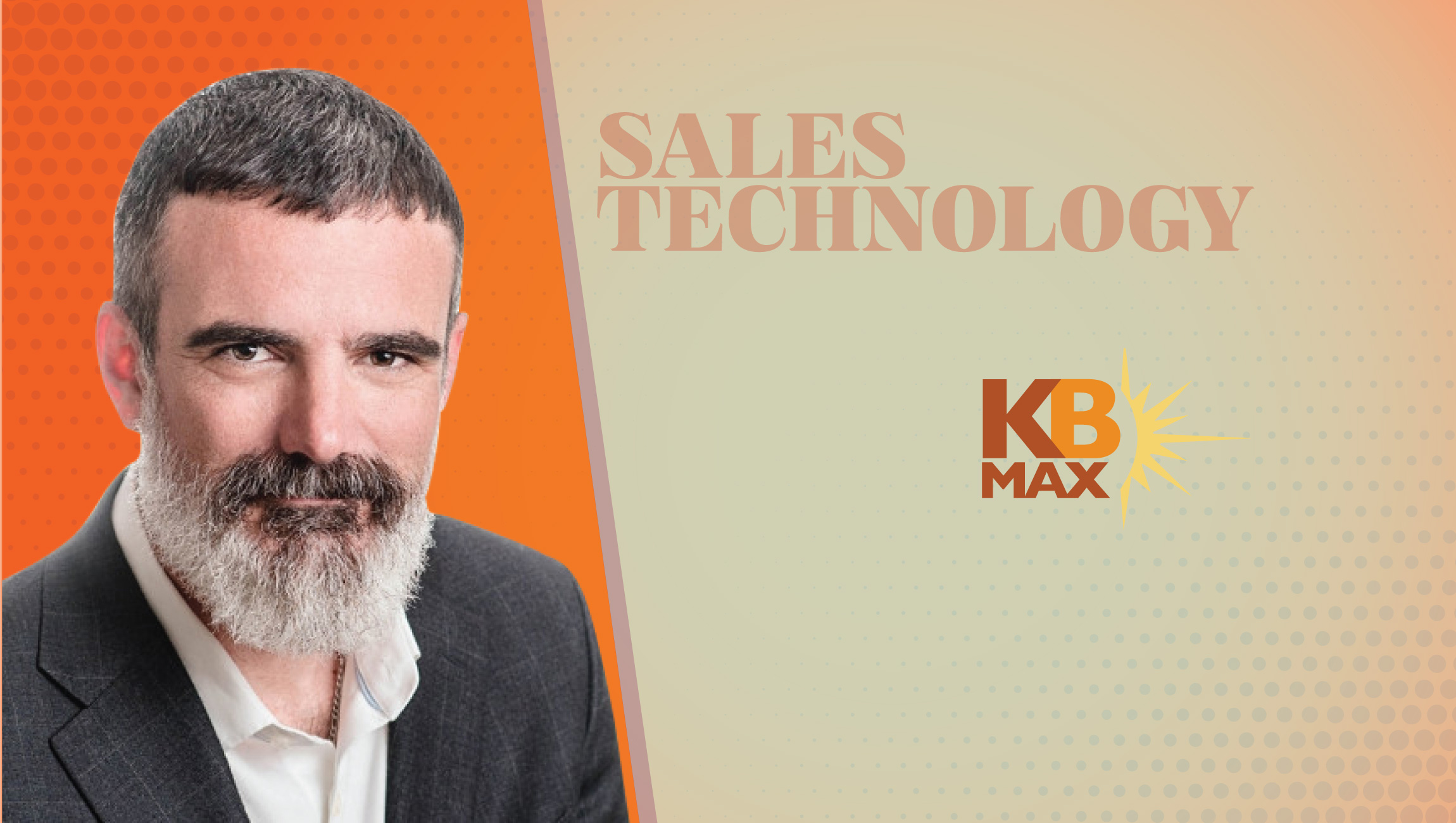Tell us about your role and the team/technology you handle at KBMax.
I act as a CTO and Co-founder of KBMax, overseeing Technical Operations for the company’s groundbreaking Configure Price Quote (CPQ) solutions.
What is the current technology roadmap to build CPQ products?
CPQ technology has primarily been used in the B2B space to help businesses sell to other businesses more efficiently. It has been implemented to significantly improve the quoting process for custom products, which allows salespeople to improve their sales numbers. But the industry has been making a slight shift in recent years. While still heavily used in the B2B space, CPQ is now being implemented to support a B2C approach — and even a B2B2C approach, where companies create a consumer-like experience for B2B buyers. KBMax is spearheading solutions that allow companies to sell directly to consumers by making the technology easy to use, high-performing and easily integrated with just about any website and CRM. This shift also expands CPQ’s benefits to new verticals, like retail, that are almost exclusively B2C and would not have been able to implement CPQ solutions in the past.
How is CPQ technology transforming the way modern brands do their Marketing and Sales?
CPQ allows brands to offer custom products, and benefit from higher profit margins and increased customer satisfaction as a result. Meanwhile, on an internal level, they’re still able to treat those products like any other mass-produced product they deliver. When you offer custom products, consumers will consistently report a better experience with your brand than they would otherwise. Consumers value that “made-for-you” feel, and a mass-produced item doesn’t deliver that. Historically, brands haven’t been able to offer custom products because of the difficulties that come with managing that process. CPQ makes it easier to execute on customization and reap the benefits that come with it – including a boost in brand equity.
How have Customer Experience Technologies evolved in the last 2 years?
In general, the trend of offering mediocre Customer Experiences isn’t good enough anymore. A few years ago, companies could get away with a Customer Experience that worked functionally but was not great. Those days are long gone as users continue to interact with high performing technologies in their daily lives, and they expect an easy, seamless experience across any software. Within the last two years, we’ve seen several brands update their CX technologies to accommodate that demand. Brands that haven’t made those improvements will need to do so with a sense of urgency if they hope to remain competitive.
What makes KBMax different from other Sales Technology companies?
KBMax’s solution easily integrates with your website and CRM systems like Salesforce. It automates in a way that dissolves silos in the sales process and allows all departments – from Sales to Engineering to Production – to interact. This creates a seamless end-to-end experience that is, ultimately, driven by the consumer. A lot of companies in the enterprise space focus on solving hard problems internally, and our goal as a partner is to take those problems and solve them in a way that will improve the end-user experience. KBMax has taken the logical next steps in Sales technology by embedding CPQ technology into your customer-facing website and building out robust back-end functions that inform what happens on the production floor.
How do you bring CPQ rules to Marketing and Sales? What are the final outcomes you commit to your customers?
KBMax’s Snap rule language democratizes business logic. Snap is a web and touch-enabled visual rule language for developing business and product rules in enterprise software. The administrator doesn’t have to be a developer to make changes to the solution. It’s easy as putting together a puzzle, yet it is fully equipped for complex tasks. Building CPQ rules is much simpler with Snap because enterprises have the liberty to build more exotic algorithms that were previously unattainable. Snap is perfect for enterprises entering into the Customization space as they develop complex products that require complex rules.
How do you see retail platforms evolving with better CPQ adoption?
There are now more companies than ever that are able to offer customizable products. Delivering a positive Customer Experience with Customization is the goal at the end of the day. CPQ and the Customization of B2C retail products are often associated with e-commerce, but CPQ adoption is actually impacting brick-and-mortar stores, as well, in a two-sided solution:
- Consumers are able to use 3D visualization to virtually “see” products and figure out what they’re looking for before going to a physical store.
- Retailers can use data collected from CPQ software to adapt their buying and stocking needs in a way that matches the behavior of online shoppers. With Product Visualization, consumers are able to configure products that might not even exist yet. Adding Visualization technology, and showing customers what they are actually buying, will also allow salespeople to close more deals.
What are the biggest challenges in measuring the ROI of CPQ software?
There really aren’t any challenges with measuring the ROI of CPQ, as long as enterprises set up the proper Tracking and Analytics tools before implementing the CPQ solution. Predicting the future impact of a CPQ solution will be different, but CPQ has been around long enough that there are recommended ROI benchmarks from analytics companies that are a good starting point for ROI goal-setting.
Measuring ROI is very easy to do with analytics, especially for the retail industry. The software tracks what the user is doing and whether the user ends up buying the product. In our experience, after implementing CPQ and 3D visualization solutions, most enterprises can expect a 20-40% conversion rate increase.
What is your prediction on the disruptive application of 3D platforms in Marketing and Sales?
New ways to visualize products, like 3D and AR, are going to become the standard in the next five years. I believe that AR is going to fundamentally change the way that B2C products (and some B2B products) are bought and sold. For products where size and appearance really matter, we are going to see a huge disruption caused by AR, but this revolution is going to take time.
Kevin Bennett wrote his first configurator in 2003 to support a new fluid delivery system for semiconductor machines (which he patented).
He is one of KBMax’s original founders and a huge evangelist for the power of configurators. Kevin is a graduate of Santa Clara University where he earned a Bachelor’s degree in Physics.
 KBMax is revolutionizing the CPQ & E-Commerce market with our fast, responsive, and interactive 3D UI. Customers and sales users can configure simple or complex products on any device. They can then price and quote the configuration with one click.
KBMax is revolutionizing the CPQ & E-Commerce market with our fast, responsive, and interactive 3D UI. Customers and sales users can configure simple or complex products on any device. They can then price and quote the configuration with one click.
Our platform includes a full-featured rules language, 3D visualization, smart pricing, a workflow engine, CAD automation, and out-of-the-box integrations with CRM, ERP and CAD systems. These features combine to create a seamless and powerful B2B2C solution.











